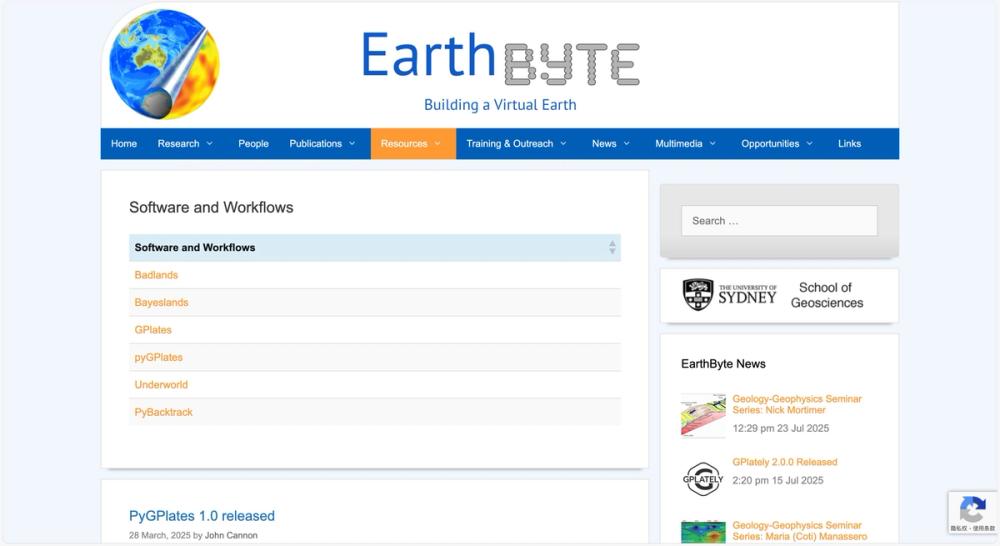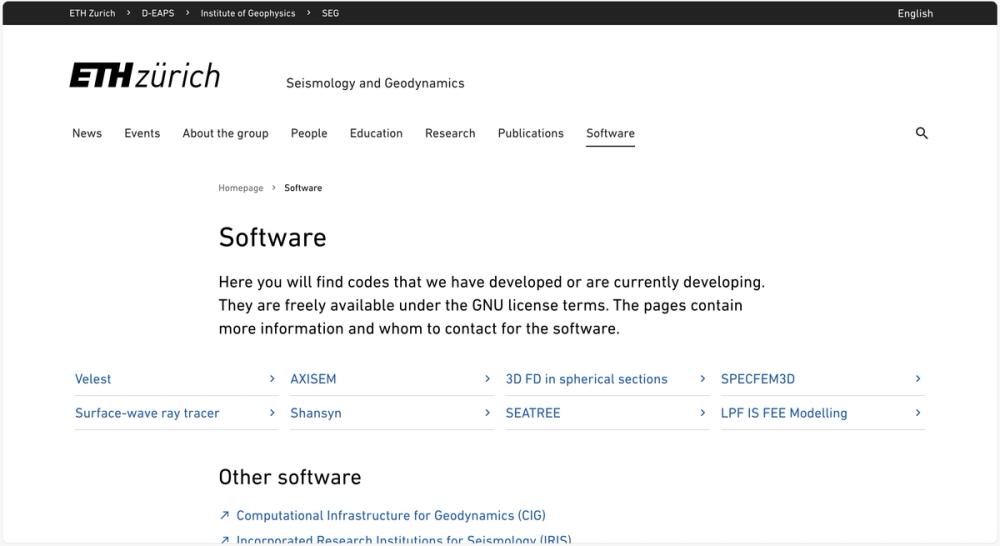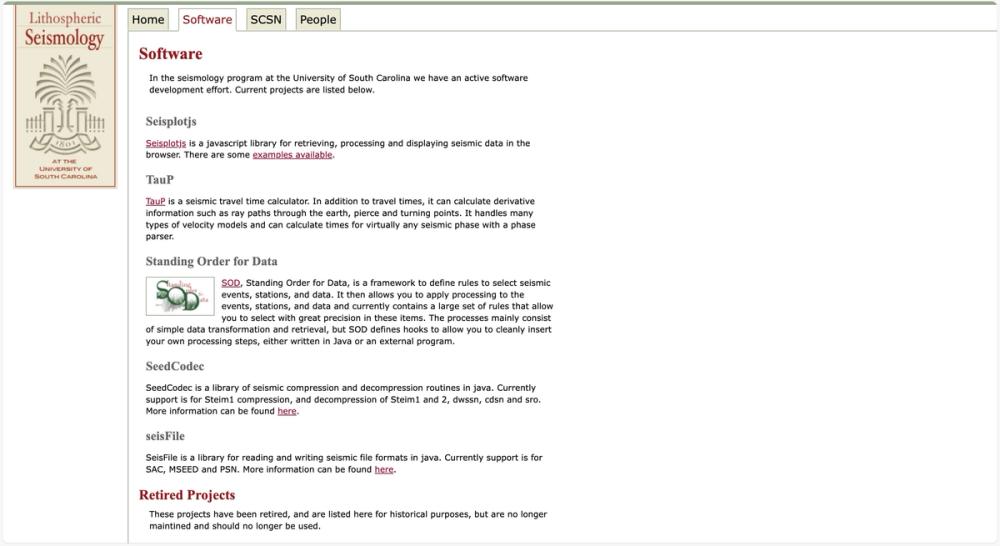USGS Earthquake Hazards Software
The USGS Earthquake Hazards Program provides a comprehensive suite of downloadable software tailored for earthquake research and seismic hazard analysis. This collection represents a subset of tools available through the USGS GitHub repository, where new software development and open-sourcing of older tools are actively managed. Key features include tools for aftershock forecasting (e.g., Aftershock Forecaster), seismic hazard modeling (e.g., National Seismic Hazard Model tools), and public engagement platforms like 'Did You Feel It?' for collecting earthquake impact data.
Geophysical Applications
These software tools support critical geophysical applications such as probabilistic seismic hazard analysis (PSHA), earthquake early warning systems, and aftershock prediction. They are instrumental in modeling seismic events, assessing risks, and generating actionable data for disaster preparedness and response.
Target Users
- Researchers: Academics and scientists studying earthquake dynamics and seismic hazards.
- Engineers: Professionals in civil and structural engineering focused on designing earthquake-resistant infrastructure.
- Government Agencies: Entities involved in disaster management and policy-making for public safety.
- Students: Learners in geophysics and related fields seeking practical tools for education and research.
Typical Use Cases
- Developing seismic hazard maps for urban planning and risk assessment.
- Forecasting aftershock sequences to inform emergency response strategies.
- Analyzing real-time seismic data for early warning systems.
- Engaging communities through platforms like 'Did You Feel It?' to map earthquake impacts.
This software suite is a vital resource for advancing geophysical research, enhancing public safety, and supporting engineering solutions in earthquake-prone regions.




